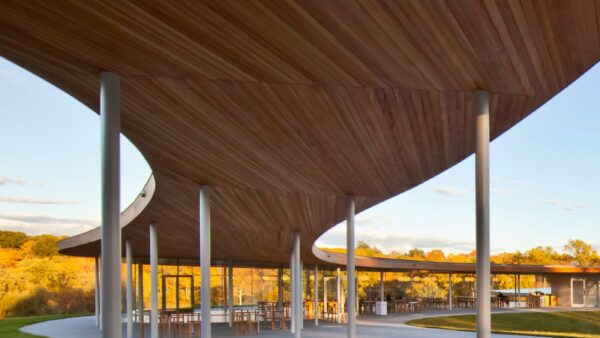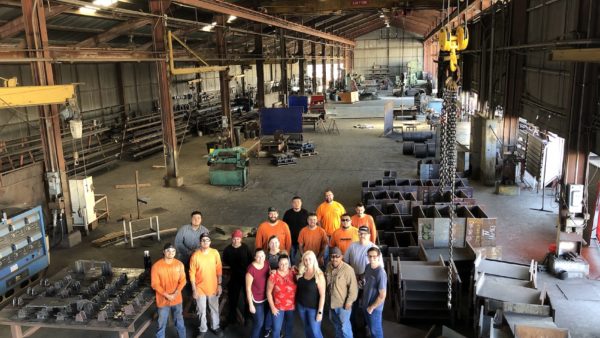29 January 2014
By Michael Brown in Chongqing

‘China pouring billions into London real estate’, ran the headline in the newspaper, China Daily, while I was in Chongqing.
The British capital is a magnet now for buyers from mainland China and China Daily predicted this trend would run and run.
And indeed the unprecedented spate of Chinese investments that began last year – Manchester Airport City, Crystal Palace, Nine Elms, Hinkley Point nuclear power station, Royal Albert Docks – looked set to continue with the announcement in January of Shanghai-based Greenland Holding Group investing in two London projects together worth £1.2bn.
Of course, it’s not just London, or the UK. China has been investing in Africa and the Middle East for some time, but recent deals in the US and Europe show China’s profound new confidence in entering mature markets.
Behind these deals are usually the multi-billion-dollar-turnover, state-owned firms who’ve come to dominate the global league tables.
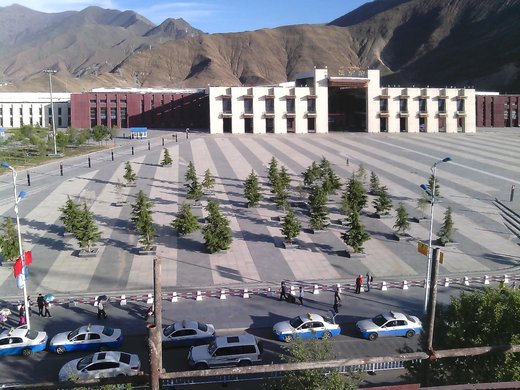
The new Lhasa railway station, supervised by Taishou Construction and Engineering Ltd
But below these behemoths who capture headlines in the international business press are many smaller companies who represent the human, entrepreneurial face of a China eager to participate in international trade.
In Chongqing I met with one of these, a smallish construction management consultancy called Taishou Construction and Engineering Ltd..
Taishou is literally a mom-and-pop outfit: mother is the company president, father is a senior manager, and son, fluent in English and still in his twenties, the future. The son has just completed two masters degrees in the UK.
They have gained accreditation under the CIOB’s Chartered Building Consultancy (CBC) scheme and are very proud of being the first mother-father-son CBC anywhere in the world.
Their ambition is to be much more than simply a family CBC, however.

Li Wenping, president of Taishou Construction and Engineering Ltd.
What do they do? Well, terminology is tricky. In the UK we’d say Taishou carries out ‘construction management’ for the client, but in China it’s translated as ‘supervision’.
For a fee they manage projects under contract directly to clients, carry out the engineering planning, and make sure the projects are completed to budget, time and cost.
They manage modifications, coordinate the different parties, and much more.
The company is individually liable for the quality of projects, and is bonded as such by Chinese laws. Sounds like construction management, or construction project management, to me.
Taishou has over 100 employees, including two professor-level engineers, 11 senior engineers and 40 engineers.
A raft of other disciplines fill out their staff, including supervision engineers, cost engineers, structural and construction engineers, and architects. CIOB and RICS qualifications are plentiful among them.
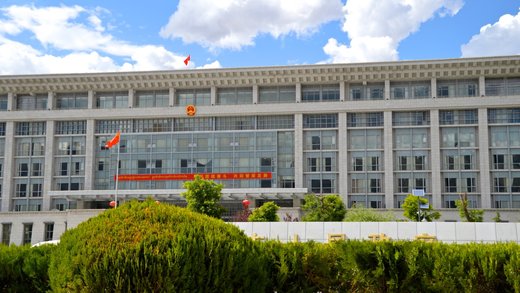
New Lhasa council building, supervised by Taishou
Under China’s registration framework Taishou is qualified to supervise residential projects and public works at a national level. They are already moving ahead to offer BIM services.
The company got its start in Tibet and they are now the largest private CM consultancy in the Autonomous Region. They’ve supervised some major projects, such as Lhasa’s new railway station, the Tibetan museum, and Lhasa’s new city council building.
As well as major public schemes they’ve supervised housing projects, and are well versed in Tibetan vernacular building conservation.
Recently, against considerable pressure from the Tibetan authorities, they decided to move their headquarters to Chongqing, in western China.
They’ll continue to work in Tibet but they want to expand in China, which they hope will allow them to launch an international programme of work, within Asia and beyond.
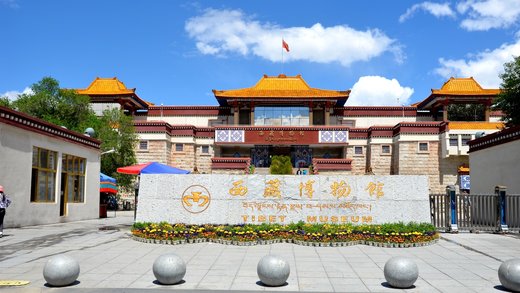
New Tibetan museum, supervised by Taishou
Although small, they see the big, state-owned companies and international CM consultancies as their primary competition. They feel they can undercut them and provide a better quality service.
Their strategy is to team up with a smaller international design practice to offer both design and CM as a package, and they’re on the look out for the right partner.
I’ve been watching China emerge from its isolation for more than 20 years, and while the big names in construction -Â the CSCECs, the BCEGs and Greenlands – provide the rainforest leaf canopy, underneath it the forest floor is teeming with life.
We can expect to hear much more from China’s second and third tier cities – and companies – in the years to come.
Michael Brown is deputy chief executive of the Chartered Institute of Building






